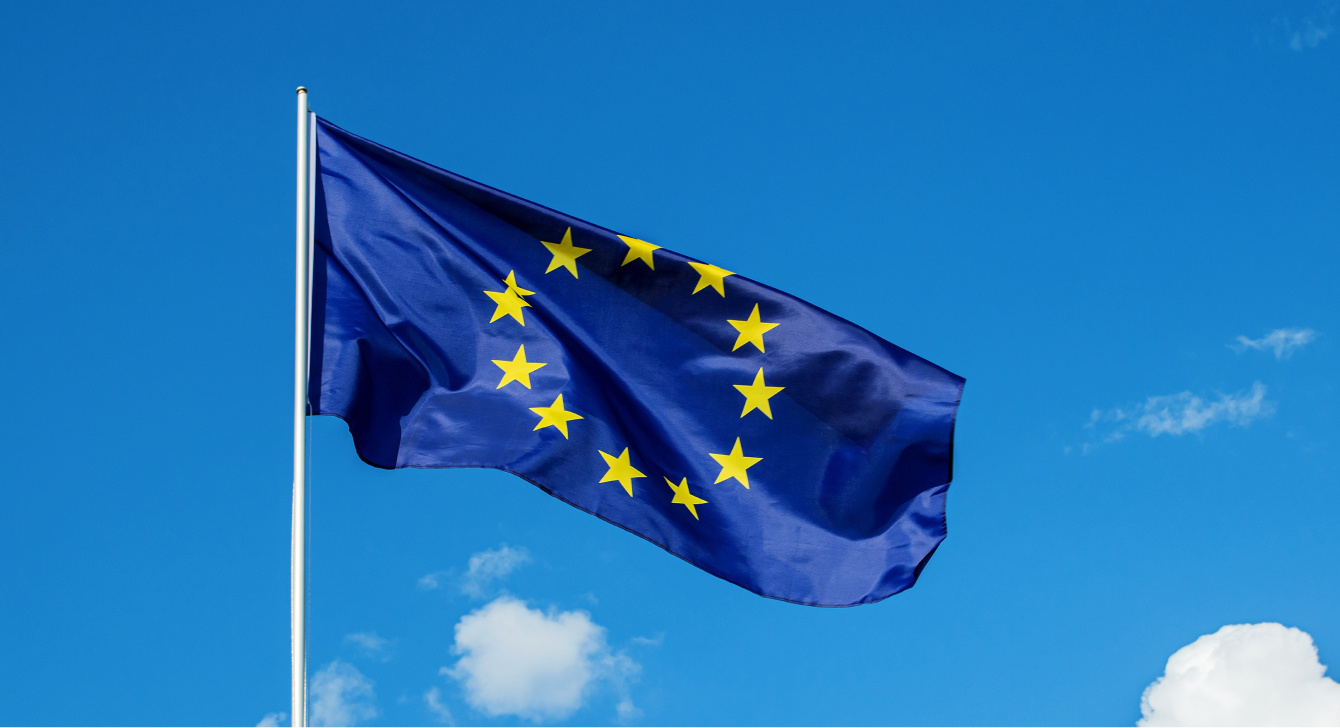Carbon Neutral vs Net-Zero: the difference explained
In this article, ClimateSeed offers a few keys to understanding the conditions of use of the terms “carbon neutrality” and “net-zero”. The aim is to help organizations use these terms correctly, so as to avoid ambiguities and accusations of greenwashing when communicating their climate commitments.
The concepts of “carbon neutrality” and “net zero” are often equated, although they are based on distinct principles. Carbon neutrality, defined on a global scale, implies a balance between anthropogenic emissions of greenhouse gases and their absorption by natural or technological sinks. Net zero, on the other hand, applies to specific entities (countries, companies, sectors). This article examines the fundamental distinctions between these approaches and their implications for climate strategies.
1. Use of the terms “Net zero” and “Carbon neutrality” in IPCC reports
The IPCC makes no explicit distinction between carbon neutrality and net zero, using these terms interchangeably.
In its Special Report on 1.5°C Warming (SR15, 2018), it defines net-zero CO₂ emissions as being achieved when “anthropogenic CO₂ emissions are balanced on a global scale by anthropogenic CO₂ removals over a given period”. The definition of carbon neutrality given by the IPCC in the same glossary is identical to that of net zero CO₂ emissions. This suggests that, within its scientific framework, the IPCC regards these notions as equivalent when it comes to CO₂.
However, in political and economic discourse, a distinction is now being introduced for the sake of clarity.
Carbon neutrality is often presented as a global objective, limited to CO₂, while net zero would apply to specific entities (countries, companies) and to all greenhouse gases. Introducing this distinction also makes it easier to control the risks of greenwashing. Indeed, no individual entity can achieve absolute neutrality of its own emissions. By reserving the term “carbon neutrality” for the overall balance of GHG emissions, we can control misleading claims by individual entities implying that their activity generates no GHGs, or that the entity in question neutralizes its emissions. What's more, methodologies and best practices are increasingly being adopted to help organizations achieve “Net Zero”.
Although the IPCC does not distinguish between these terms, their differentiated use in certain climate strategies meets a need for consistency and transparency in the implementation of climate objectives.
2. The challenges of distinguishing between "carbon neutrality" and "net zero": implications for climate policy
If the terms “carbon neutrality” and “net zero emissions” are synonymous according to the IPCC glossary, then why is an uninformed use of these terms likely to cause so much excitement?
The distinction between carbon neutrality and net zero is not simply a matter of vocabulary, but directly affects climate policies and the strategies implemented at different levels. Indeed, although the IPCC uses the terms interchangeably, their differentiation in the context of climate policies can have profound implications, particularly in terms of targets, commitments and progress monitoring. This distinction is crucial for monitoring progress towards climate objectives.
Carbon neutrality is a global ambition that requires coordinated action on a planetary scale, as reflected in the international commitments of governments. Implementing this global objective requires strong cooperation between industrialized and developing countries, each of which must contribute to this neutrality according to its historical capacities and responsibilities.
Conversely, the net zero objective is often more applied to specific players. Net zero implies a substantial reduction in emissions in these entities, complemented by actions to strengthen carbon sinks, through projects such as reforestation or carbon capture.
To date, the Science Based Target Initiative's “net-zero” standard offers the most robust definition of “net-zero” applied to business, and a methodology on which companies can base their reduction targets. To be validated by SBTi, companies' strategies must include at least 95% of scopes 1 & 2, and 67% of their scope 3 emissions in their reduction targets for 2030 (Near-term SBTs) and at least 95% by 2050 (Long-term SBTs).
3. The issue of greenwashing: what does the law say about the use of these terms?
The introduction of this distinction also makes it possible to better control the risks of greenwashing and reinforce the transparency of climate commitments. Indeed, the term net zero requires real, verifiable emissions reductions. There are an increasing number of constraints, regulations and standards governing companies' communications on their climate commitments, aimed at guaranteeing transparency and accuracy and avoiding greenwashing.
Why is using the term “carbon neutrality” for a company associated with greenwashing?
In this way, a country or company claiming a net-zero objective is encouraged to review its business model, reduce its direct emissions and not settle for insufficient or unreliable offsets. Conversely, global carbon neutrality, which relies on worldwide offsetting mechanisms, could encourage misleading claims if not properly supervised. This distinction is therefore intended to avoid greenwashing practices, where entities declare themselves to be “carbon neutral” while continuing to generate significant emissions without implementing any real reduction strategies.
By reserving the term “carbon neutrality” for the global scale and applying “net zero” to specific entities, we can better assess the sincerity and effectiveness of climate commitments. This terminological rigor is designed to avoid any misconception that an isolated actor can achieve a perfect balance without depending on a collective dynamic. What's more, methodologies such as the Science Based Target Initiative's “net zero” standard are becoming increasingly important for achieving “net zero” on an organizational scale. Net zero requires a more concrete and measurable commitment.
What regulations govern these uses?
- In March 2023, the European Commission presented a proposal for a directive to regulate explicit environmental claims, commonly known as “green claims”. This initiative is part of the Green Pact for Europe, which aims to combat misleading environmental claims and greenwashing within the European Union. The main objectives of the directive are
- reliability and comparability: to ensure that environmental claims are reliable, comparable and verifiable across the EU.Environment
- consumer protection: Protect consumers against greenwashing by providing transparent and accurate information.
- promotion of a green economy: Facilitate the transition to a circular and green economy by enabling consumers to make informed choices.
- Directive (EU) 2024/825 of February 28, 2024 aims to strengthen consumer protection in the context of the ecological transition by combating unfair commercial practices, particularly greenwashing. Main objectives:
- Strengthen consumer confidence: Ensure that the information provided on products enables informed and authentic choices
- Promote transparent commercial practices: Encourage companies to adopt verifiable environmental claims and avoid greenwashing.
The directive must be transposed into national legislation by March 27, 2026.
In a nutshell
In conclusion, although the terms “carbon neutrality” and “net zero” are often used interchangeably, their distinction is essential to ensure the transparency and credibility of corporate climate commitments. Carbon neutrality, which aims for a global balance in greenhouse gas emissions, should not be confused with the concept of net zero, which implies specific, measurable actions at the level of organizations. In a context of tightening regulations and the fight against greenwashing, it is becoming crucial for companies to understand and apply these concepts correctly, to avoid any ambiguity and preserve consumer confidence. The rise of standards and legislation, such as the European Directive of March 2023, provides a framework for environmental claims, reinforcing requirements for transparency and verifiability. By adopting responsible and transparent practices, companies will not only be able to meet regulatory requirements, but also make a significant contribution to the fight against climate change.
Sources:
- https://www.ipcc.ch/sr15/
- https://www.ipcc.ch/sr15/chapter/glossary/
- https://sciencebasedtargets.org/resources/legacy/2020/09/foundations-for-net-zero-full-paper.pdf
- https://environment.ec.europa.eu/topics/circular-economy/green-claims_en
- https://eur-lex.europa.eu/eli/dir/2024/825/oj?
Share this
You May Also Like
These Related Stories

CSRD and the Omnibus Legislation: Release of the First Package, What Are the Initial Simplifications?

The race to Carbon Neutrality




